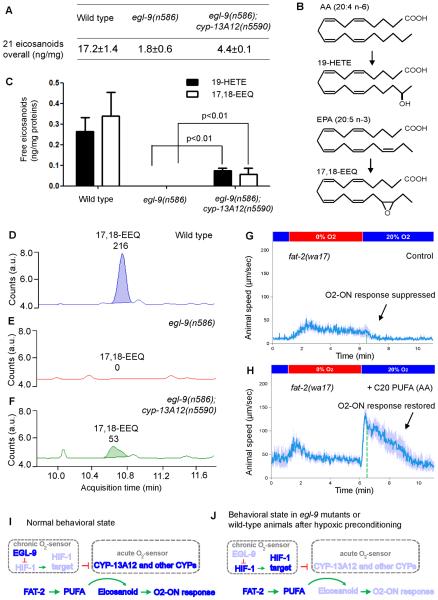Fig. 4. Modulation of eicosanoid concentrations by EGL-9 and CYP-13A12.
(A) Overall levels of free eicosanoids, calculated by adding the values of the profiled 21 eicosanoids in the wild type and egl-9(n586) and egl-9(n586); cyp-13A12(n5590) strains. (B) Schematic illustrating the conversion of arachidonic acid (AA, 20:4n-6) to 19-HETE and of EPA (20:5n-3) to 17,18-EEQ by CYPs. (C) Quantification of 19-HETE and 17,18-EEQ concentrations in the wild type and egl-9(n586); cyp-13A12(n5590) and egl-9(n586) mutant strains. Amounts of free (membrane unbound) forms of 17,18-EEQ and 19-HETE from extracts of age-synchronized young adult hermaphrodites are shown. p < 0.01, one-way ANOVA post hoc test, n = 3. Error bars are SEMs. (D–F) Representative HPLC-MS traces indicating free 17,18-EEQ levels based on the spectrograms of three MS samples: (D) wild type, (E) egl-9(n586), and (F) egl-9(n586); cyp-13A12(n5590). Peaks of 17,18-EEQ at its transition m/z (mass-to-charge ratio) were measured and extracted (MassHunter). The x-axis shows the retention time (minutes); the y-axis shows the abundance (counts), with specific integral values over individual peaks indicated above each peak. (G) Speed graph of fat-2 mutants, showing a defective O2-ON response. Animals were supplemented with the solvents used in (H) as a control. (H) Speed graph of fat-2 mutants, showing the O2-ON response rescued by C20 PUFA (AA) supplementation. (I–J) Model of how EGL-9 and CYPs control the O2-ON response under (I) normoxic conditions and (J) conditions of hypoxic preconditioning or in egl-9 mutants (see text for details). The light blue indicates low protein activity, low amounts of eicosanoids or a defective O2-ON response.

